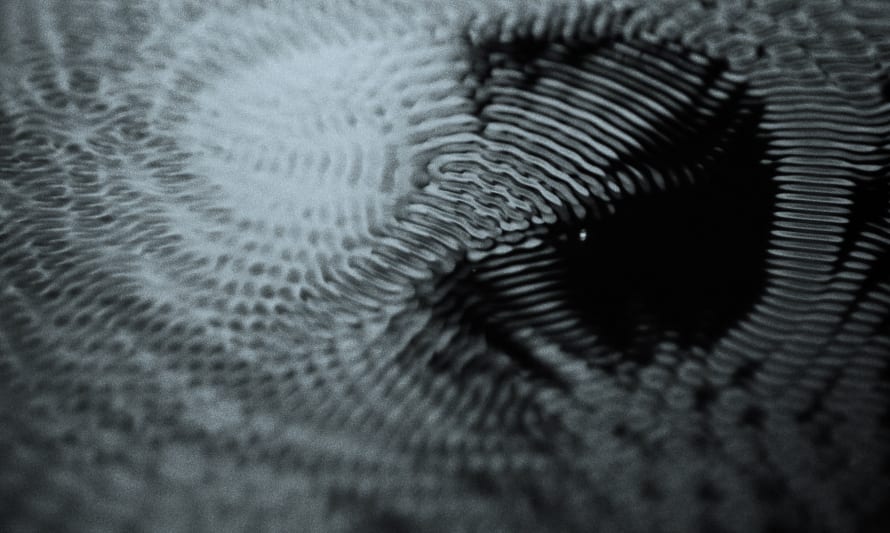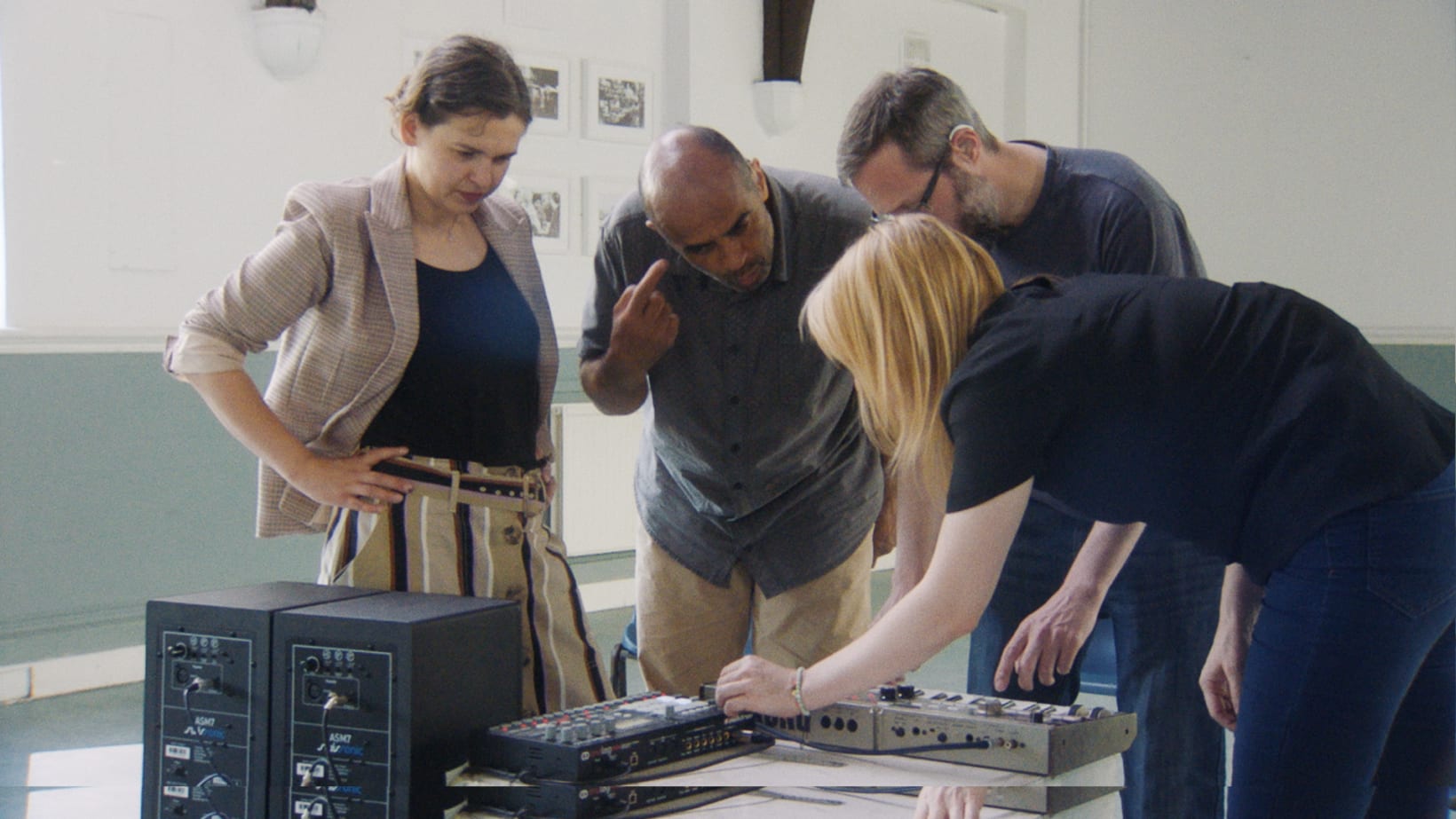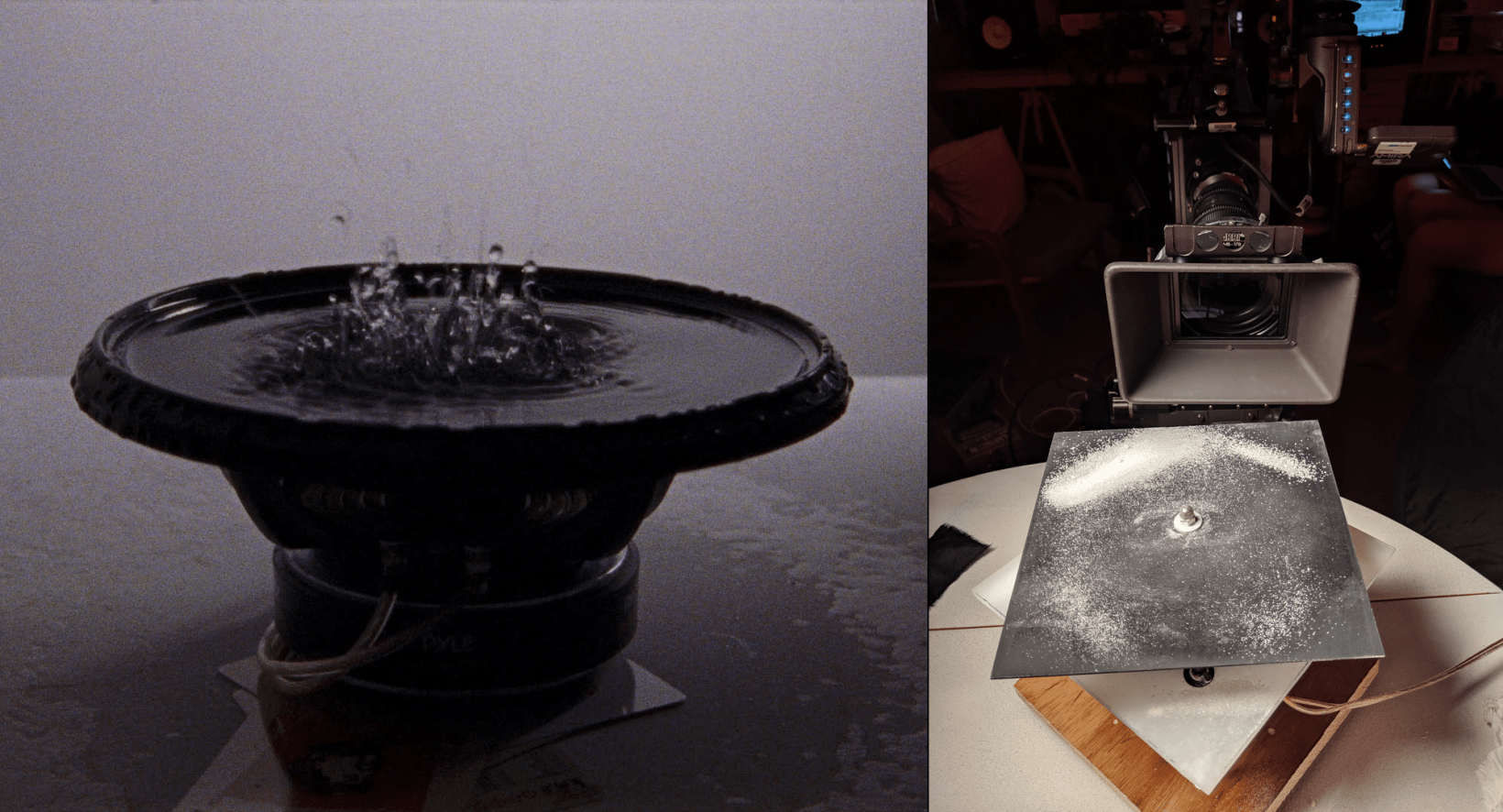
A Sonic Pulse Interview
Filmmakers Dorothy Allen-Pickard and Antoine Marinot muse on their short doc which explores the relationships a group of deaf people have with music and clubbing, whilst offering up some dance music suggestions too.
The film was fully commissioned by Resident Advisor right? How did it come about? And what was the actual brief? Was this film something that you'd been thinking about for a while or was the commission the catalyst for it?
[Dorothy] - I was contacted by Open City Doc Festival to see if I wanted to pitch on a brief about different people's experiences of electronic music, with a particular focus on the perspective of individuals or groups that we don't usually hear from. I then spoke with Antoine and he immediately suggested D/deaf electronic music fans.
[Antoine] - We both listen to a lot of electronic music in and outside of club environments, and because of my partial Deafness (and the prospect of losing my hearing completely) I am increasingly aware of issues relating to Deafness. I remember seeing an installation at the V&A called Tonotopia: Listening through Cochlear Implants that really peaked my interest in the subject. There was one testimony from a woman who had completely lost her hearing at a music festival after her Cochlear Implants faulted, leading to her experiencing the music in a very different way. The conversations we had while making this film have infinitely expanded our interest in the subject and reframed our conceptual understanding of how we all experience sound, music and vibrations.
How did you find the people in the doc? Did you know any deaf people who were big clubbers before undertaking the project?
[Dorothy] - I had worked as first AD on a music video for the band Childhood which features the lead singer's step-mum who's a BSL interpreter and a group of D/deaf people. I got to know a few of them over the course of the day, including Troi Lee who runs Deaf Rave and is really at the heart of the Deaf electronic scene. He was the first person I got in touch with when I began research for this project and I also put some feelers out on social media, which is how I met Helen Oakley, the Deaf musician.
Where did you find the archive footage (both the clubbing scenes and the public information stuff)? And was that easy to clear?
Pretty much all of the footage came from Deaf Rave's archives and Getty. Deaf Rave has been going for almost 20 years, so early footage from their events looks very retro, and fortunately we managed to wangle an incredible deal with Getty.
Obviously I'm gutted that we weren't able to show this in a cinema with a proper sound system - it definitely warrants it (I recommend viewers watch with the best available headphones!) You must have worked with some great sound people? And have you had a chance to experience the film using a subpac at all?
[Dorothy] - We knew we wanted to work with a musician so we could create a really immersive score that flows between the tracks and additional sound design. Ben Hauke is a great producer, sound designer and DJ and a lot of the tracks in A Sonic Pulse are his own releases, and others are ones he created for the film. Whenever we've seen the film screened in a cinema with a decent sound system I get goosebumps when the credit track starts to play. It's such a banger and really helps end on a high note, or rather a bassy note. I'd love to experience it with a subpac and have been in touch with a company based in LA who saw the documentary and offered this experience to us, however we're yet to travel to LA.
Has the project had any lasting impact on how you listen to music, or how you listen to things more generally? [Antoine] - I've always gone to clubs and listened to dance music, both before and after losing hearing in my left ear. Before making this documentary I'd never really questioned or processed how my experience of feeling music in a club environment has changed. Because I can still hear music very clearly, my focus is more on hearing rather than feeling. But after making this film I’m definitely going to try to change my approach to experiencing music from now on.
I love the close ups of the materials vibrating on speakers - it reminds me of the work of Zach Walker. Did you shoot this stuff yourself? Can you tell us a bit about it?
[Antoine] - From a very early stage in the process we were interested in creating a visual representation of sound and then we found out about Cymatics, which is the study of visible effects of sound and vibration. While researching references online we found lots of beautiful examples of Cymatics videos (though Zach Walker is new to us) and decided to create our own DIY installation. We had complete control over the intensity of sound, the type of music and frequencies used and obviously the lighting and photography. A friend of ours helped to build the vibrating metal plate and along with Alfie and Ruth, the DOP and producer, we ended up filming the experiments for 10 hours in our living room. We played around with salt, frozen vodka (it works better than water) and different frequencies to create those patterns in the amazing animated matter.
Have you been introduced to any new music (new to you at least) or DJs/producers as a result of the project? [Dorothy] - We delved deep into Ben Hauke's back catalogue which was a treat. We also discovered the track 'Penthouse ng. Finally, Richard France, one of the interviewees, is a sound artist and musician who makes some very out there sound experiments that make you think twice about what's considered sound or music. Richard France phrases it well when he says 'music shouldn't be defined by hearing people because it's about feeling vibrations and frequencies, and when people feel them they have a different sensual experience compared to if they hear them.' People with experience of hearing loss and Deafness have so much to teach us about sound and the physicality of music and their perspective is often overlooked, but can provide the most insight.


